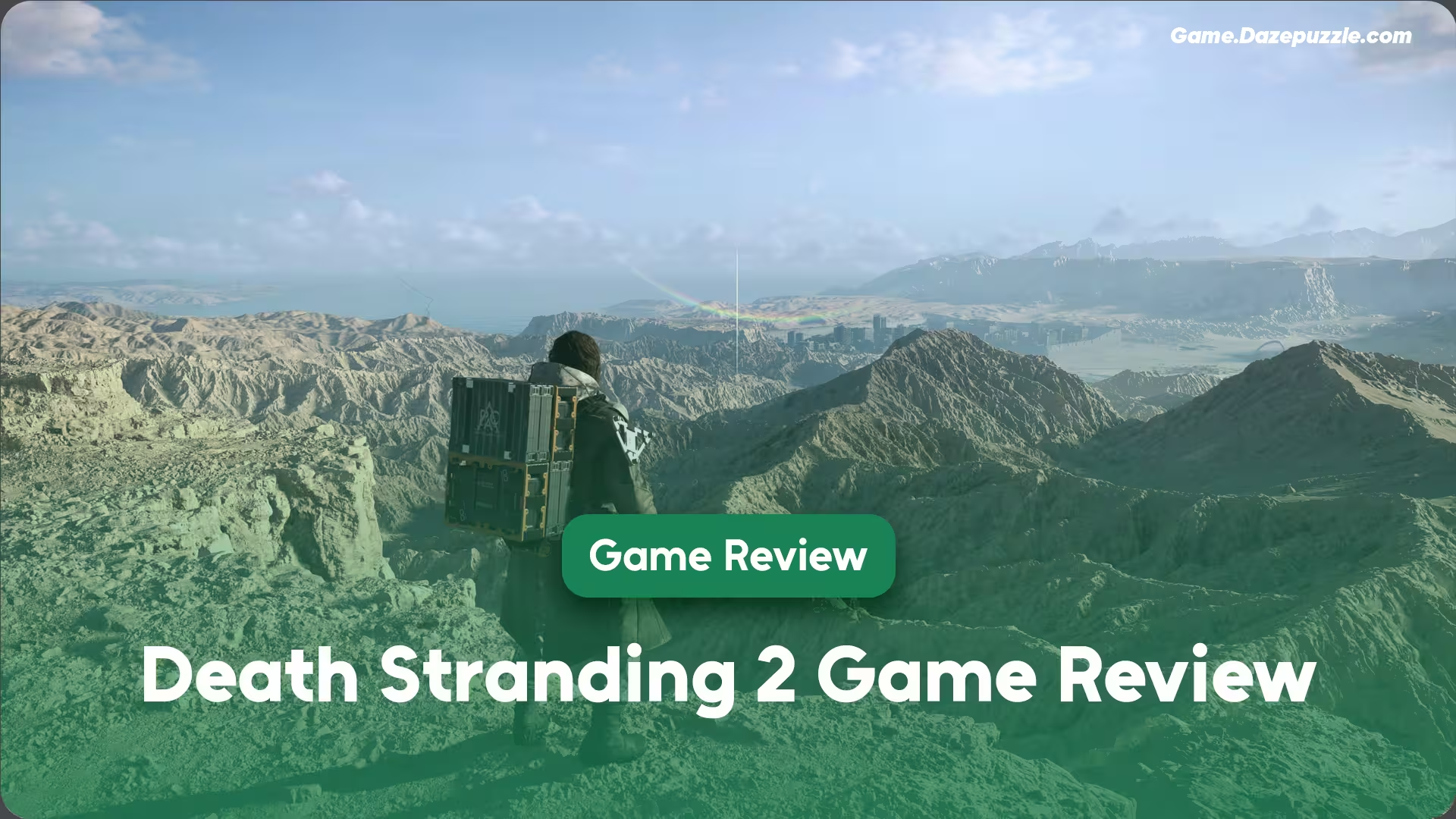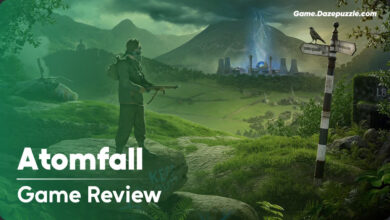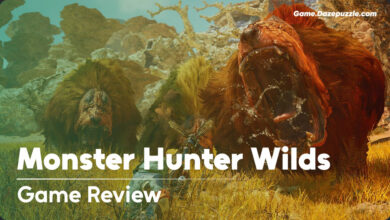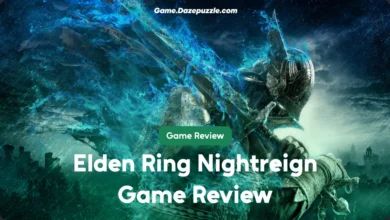Tomorrow is in your hands. Again.
For years, the gaming world has been holding its breath, waiting for the next chapter in Hideo Kojima’s strange, beautiful, and utterly unique universe. After the first game left us with a million questions and a profound sense of connection, the hype for its sequel, Death Stranding 2: On the Beach, felt almost impossibly high. Could Kojima and his team possibly catch lightning in a bottle twice? Could they expand on this bizarre world of BTs, BBs, and bridge building in a meaningful way?
Well, the first wave of reviews has hit the beach, and the answer is a resounding, emphatic yes.
With review scores coalescing into a mighty 90 on Metacritic, a significant jump from the original’s already respectable 82, the consensus is clear. Death Stranding 2: On the Beach isn’t just more of the same; it’s a confident, refined, and masterfully executed sequel that takes the ambitious foundation of its predecessor and builds a skyscraper upon it. It’s bigger, bolder, and for many, just plain better.
This isn’t just a sequel; it’s a statement. It’s the work of a creator at the peak of his powers, and it’s one of the best reviewed games of 2025. So grab your gear, check your cargo, and let’s see what makes Death Stranding 2 a monumental achievement.
What’s in our Death Stranding 2 Game Review?
Reconnecting the Story: A Journey Beyond America
If you were worried the story would lose its trademark Kojima weirdness, you can rest easy. Death Stranding 2 picks up with our legendary porter, Sam Bridges, living a seemingly peaceful life. But peace is a fragile thing in this world. He’s quickly pulled back into the fold by Fragile and her new private organization, Drawbridge, for a mission that dwarfs his first journey. This time, it’s not just about reconnecting America; it’s about expanding the Chiral Network to other parts of the world, starting with the harsh, rugged landscapes of Mexico.
The central question has evolved. The first game was about the importance of connection. The sequel hauntingly asks, “Should we have connected?” This theme permeates every part of the narrative, suggesting that humanity’s efforts have had unforeseen and dangerous consequences.
The tone feels more personal and emotionally charged this time around. Sam isn’t just a deliveryman; he’s a guardian, caring for Lou, who is no longer a Bridge Baby in a pod but a living, breathing child. This adds a powerful new layer to Sam’s motivations. He’s not just saving a fractured society; he’s fighting for a tangible, personal future.
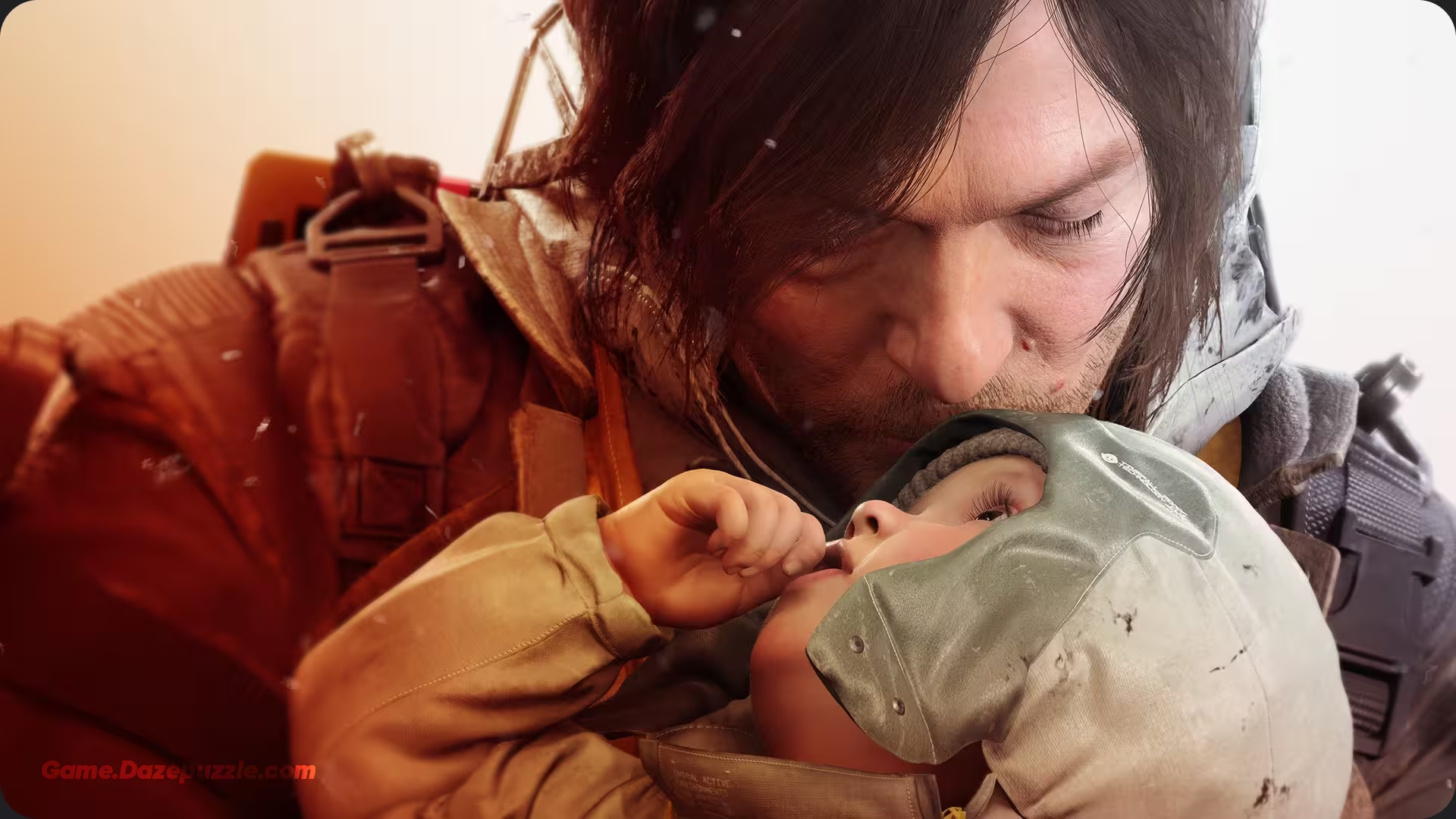
The world itself is beset by new threats and dynamic disasters. Reviews paint a picture of a world that feels more alive and dangerous than ever, with events like flash floods, raging bushfires, and powerful dust storms changing the very landscape you need to cross. It’s a world that actively fights back, making every delivery feel like a hard-won victory.
The Biggest Gameplay Evolutions: More Than a Walking Simulator
Let’s be honest, the “walking simulator” tag was always a bit of a meme, but it’s one that critics of the first game leaned on heavily. Kojima Productions clearly listened to the feedback, because Death Stranding 2 has overhauled its gameplay systems to be more engaging, more dynamic, and frankly, more fun. This is where the sequel truly shines, transforming the core loop into an experience that’s both methodical and thrilling.
The biggest leap forward is in the combat. Sam is no longer just a man trying to avoid ghosts. The combat system is described as far more “muscular” and responsive. Players can now block, dodge, and launch powerful counterattacks. There’s a greater emphasis on melee, and Sam can even perform slick, mid-air attacks that feel incredibly satisfying. The enemy variety has also been expanded significantly. You’ll face off against deadly new BTs called “Watchers” and even massive, intimidating mechs that require entirely new strategies to defeat. While the game still encourages non-lethal approaches, you have far more tools at your disposal to defend yourself when things go south.
Traversal, the absolute heart of the Death Stranding experience, has been given a massive upgrade. The star of the show is the DHV Magellan, a colossal ship that serves as your mobile base of operations. This isn’t just a fancy vehicle; it’s a gamevchanger. It allows for a more convenient form of fast travel, letting you take all your vehicles, gear, and materials with you as you move between major hubs. This single addition smooths out the logistical challenges of the first game, allowing you to focus more on the journey ahead.
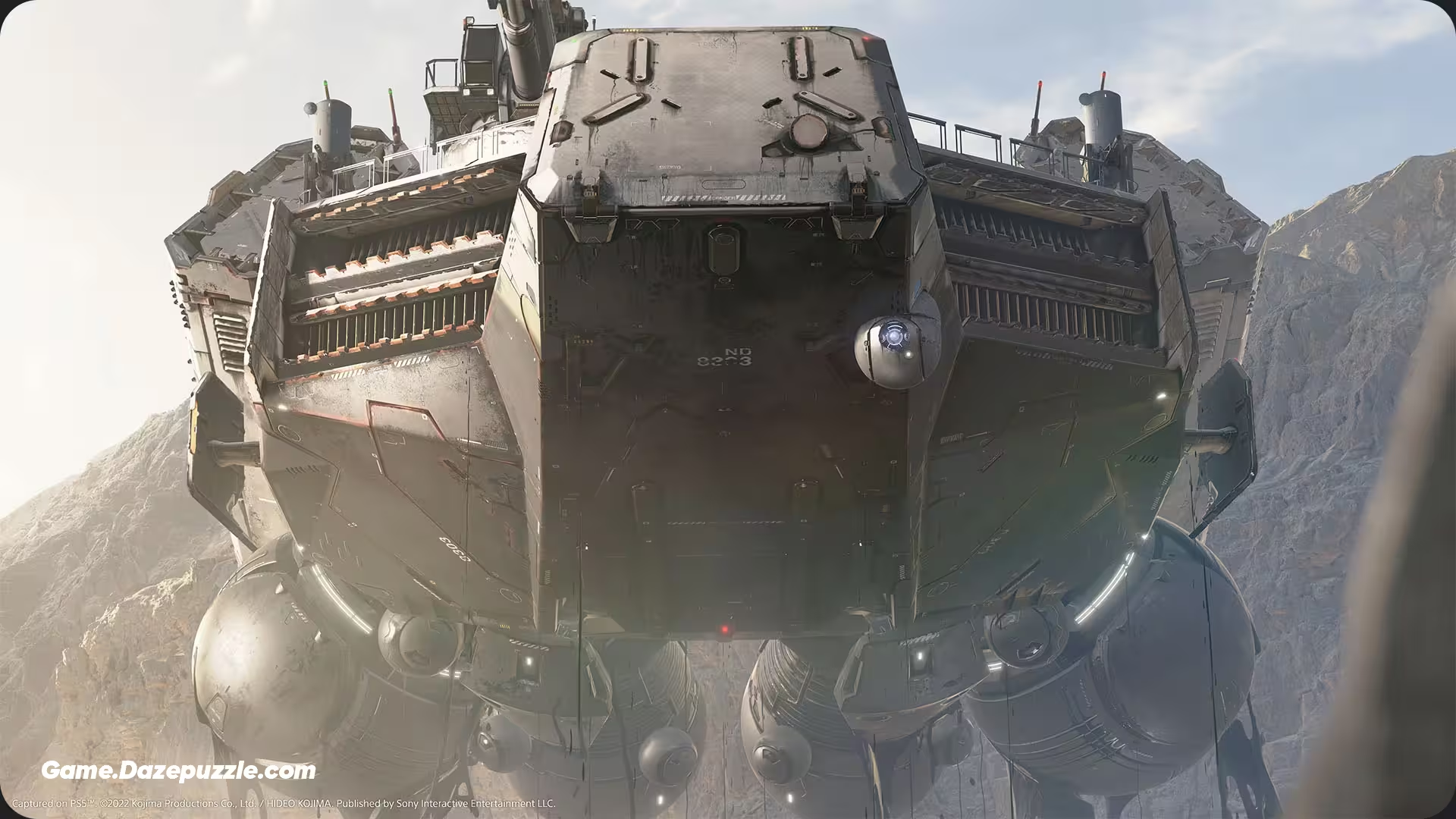
But the smaller improvements are just as impactful:
- You can now connect two ladders to double their length, opening up new vertical possibilities.
- Ziplines are more flexible, allowing you to place them with slight curves to avoid obstacles.
- A portable music player is available early on, giving you the freedom to listen to the game’s iconic soundtrack whenever you want, a feature fans begged for.
Kojima Productions has also added some brilliant quality-of-life features that address the first game’s complexity. A new “Corpus” menu acts as an in-game encyclopedia, similar to Final Fantasy XVI’s Active Time Lore system. It lets you catch up on story details, character bios, and deep lore at any time, even during cutscenes. This makes the famously dense plot much easier to follow. Furthermore, some cutscenes now feature dialogue options, giving you a bit more agency in how you interact with the world’s fascinating cast of characters.
You might also like this: 15 Things you should do first in RDR2
A Feast for the Senses: A True Next-Gen Showcase
It should come as no surprise that Death Stranding 2 is a technical marvel. Reviews are unanimous in their praise for the game’s visuals, calling it “technically flawless” and “visually stunning.” Running on the Decima Engine, the world is rendered with breathtaking detail, from the sun scorched deserts of Mexico to the lush, untamed wilderness of other new locations. The character models, featuring the returning talents of Norman Reedus and Léa Seydoux alongside newcomers like Elle Fanning and director George Miller, are more lifelike than ever.
The sound design and music remain a core part of the experience. The haunting melodies and atmospheric tracks that defined the first game’s mood are back, but the new ability to control the soundtrack with your portable music player gives you more control over your own personal journey’s vibe. It’s a small change that makes a huge difference.
The Critical Divide: Is It a Perfect Sequel?
While the reception has been overwhelmingly positive, no game is perfect for everyone. It wouldn’t be a Kojima game without a little division. Some reviews, notably GameSpot’s 7/10 score, suggest that in becoming a more refined and conventional game, Death Stranding 2 may have lost some of the radical, boundary pushing novelty that made the original so polarizing and special.
The argument is that the first game was a bold, almost defiant statement about non-violence and slow, methodical gameplay. By adding more robust combat and action set-pieces, some feel the sequel leans closer to a more traditional action adventure title, like Kojima’s own Metal Gear Solid series. It’s a valid point of discussion for returning fans: does the move towards more “fun” gameplay dilute the unique identity of Death Stranding?
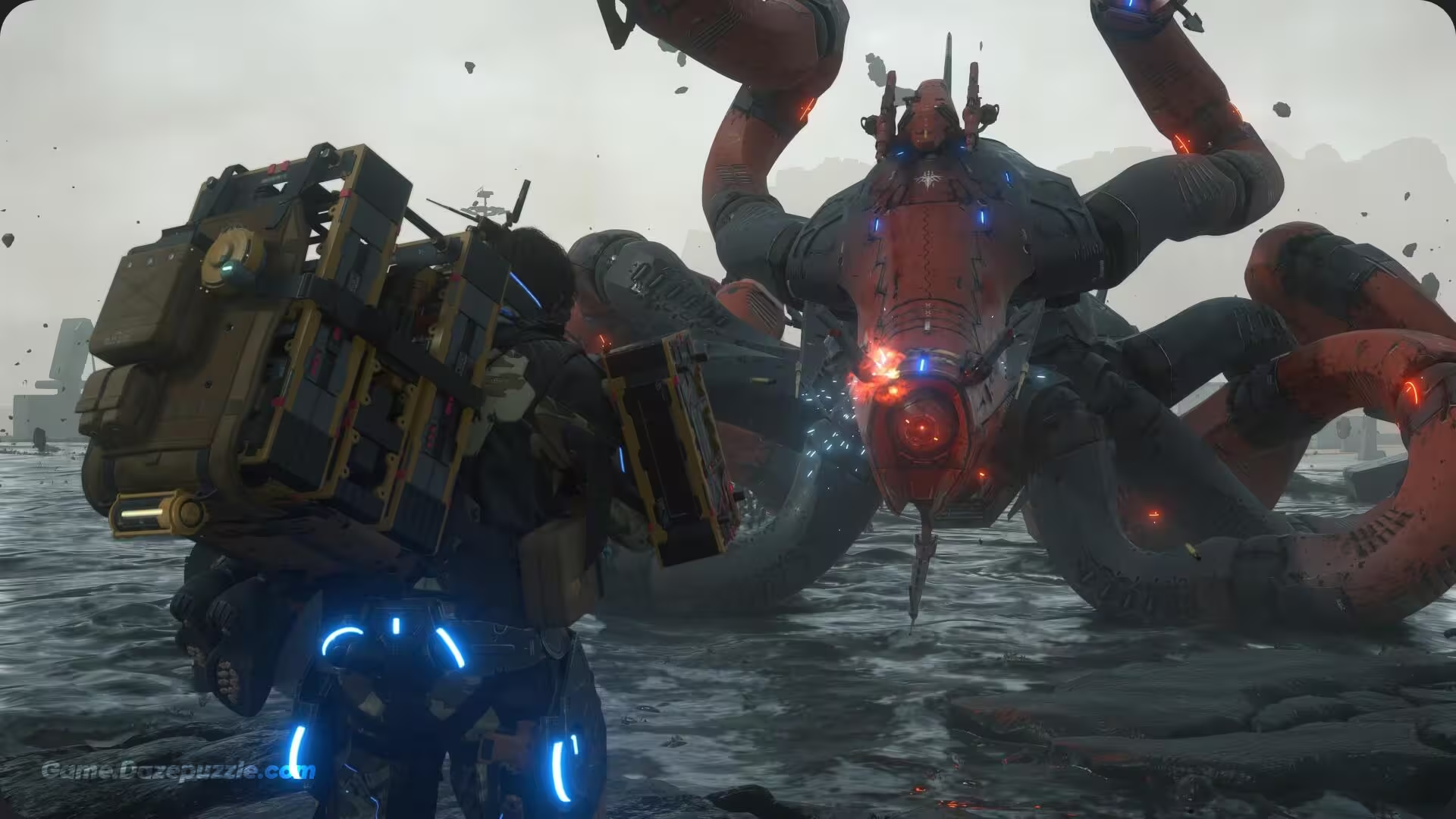
Ironically, this widespread praise flies in the face of Kojima’s own stated goals. He famously remarked that he changed parts of the game because playtesters liked it “too much,” believing that a truly memorable piece of art should be polarizing. He wanted to create something that people might not like at first, but would grow to love. The near universal acclaim suggests he may have failed in that specific mission, but in doing so, has succeeded in creating a game that is, by almost every metric, an outstanding experience for a much broader audience.
The Final Verdict for this Death Stranding 2 Game Review
So, should you play Death Stranding 2: On the Beach?
Absolutely. This is a must play for anyone who was even remotely invested in the first game. It takes everything you loved about the original, the unique world, the profound themes of connection, the satisfying traversal and improves upon it in almost every conceivable way. The story is more engaging, the gameplay is deeper and more varied, and the world is more beautiful and dangerous than ever before.
And if you were one of the people who bounced off the first game? This sequel might just be the one to win you over. The quality of life improvements and the more dynamic gameplay loop remove much of the friction that deterred some players, making for a smoother, more consistently rewarding experience.
Death Stranding 2: On the Beach is a triumph. It’s a testament to the power of a singular creative vision, backed by a team at the top of its craft. It’s weird, it’s wonderful, it’s deeply human, and it is without a doubt a top contender for Game of the Year. Hideo Kojima has done it again.
Now, go reconnect the world.
Death Stranding 2 Pre-Order Link
Thanks for keeping up with Game.Dazepuzzle.com
Death Stranding 2: On the Beach is the highly anticipated sequel to Hideo Kojima's genre-defying original, released on June 26, 2025, for PlayStation 5. It builds upon the unique foundation of its predecessor while introducing significant refinements and expansions. Early reviews indicate it's a worthy successor, further solidifying Kojima's distinct visionDeath Stranding 2 Rating
Gameplay - 8.5
Story/Narrative - 9
Graphics/Visuals - 9.5
Sound/Music - 9
Content/Value - 8.5
8.9
10

